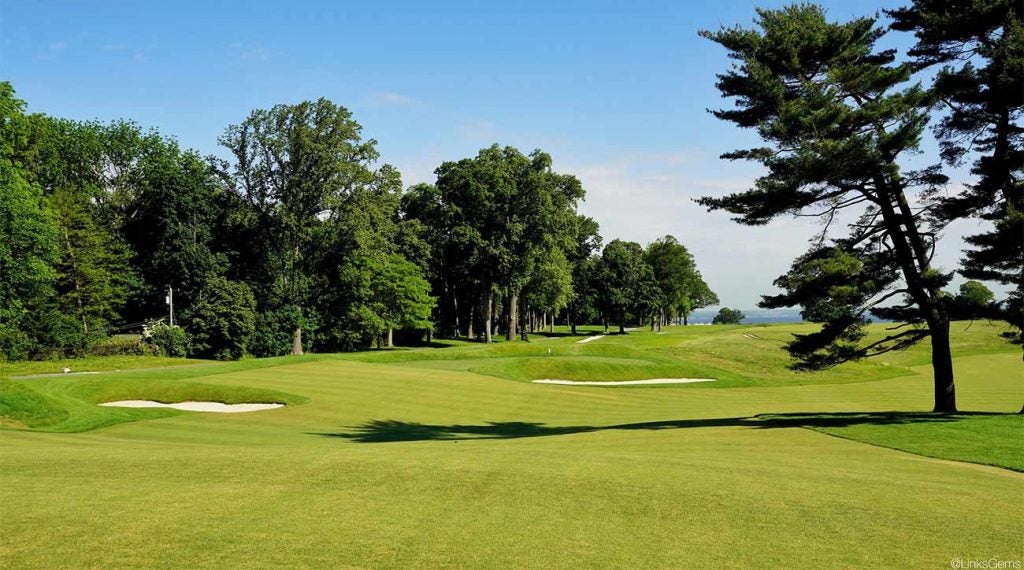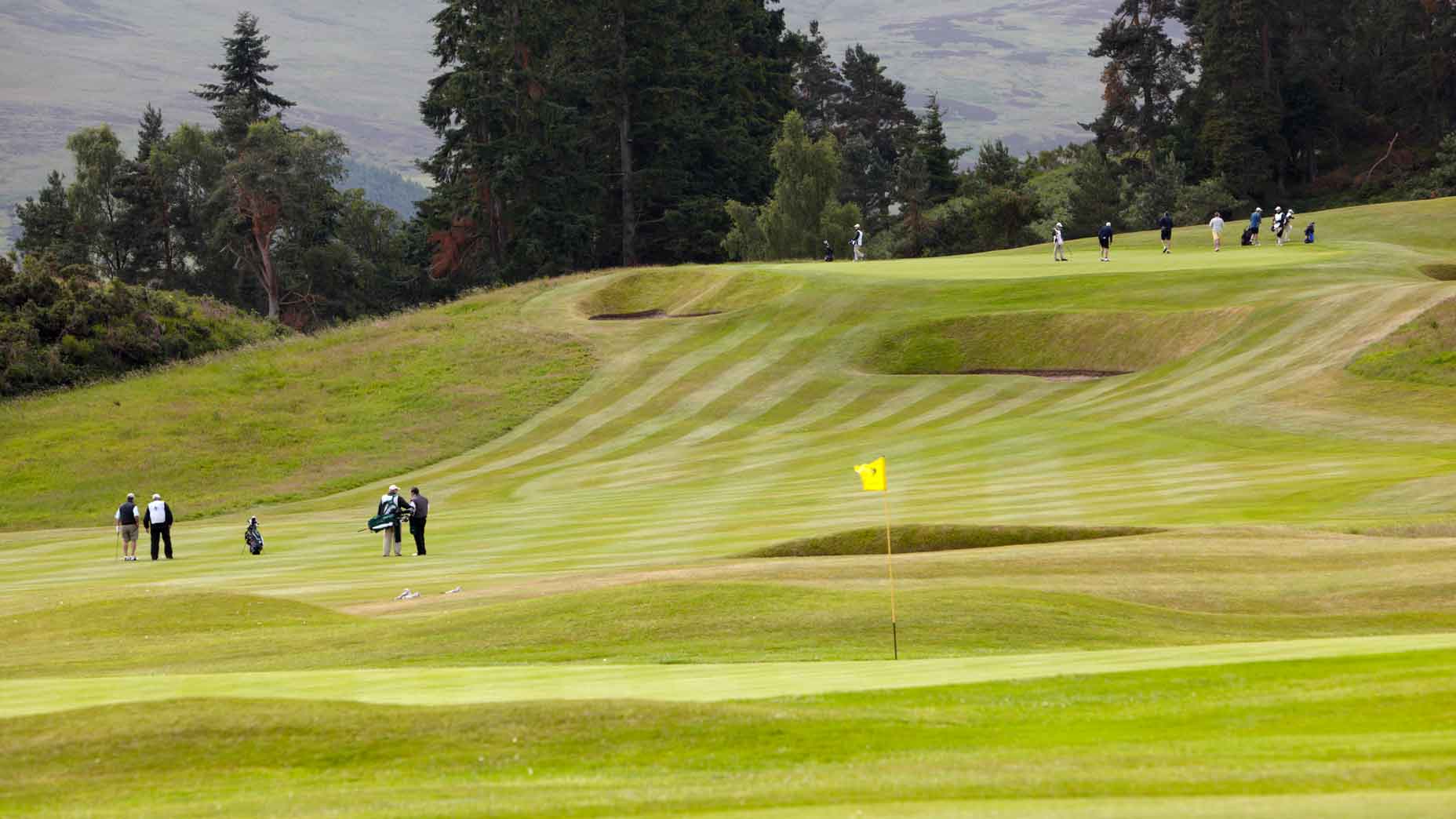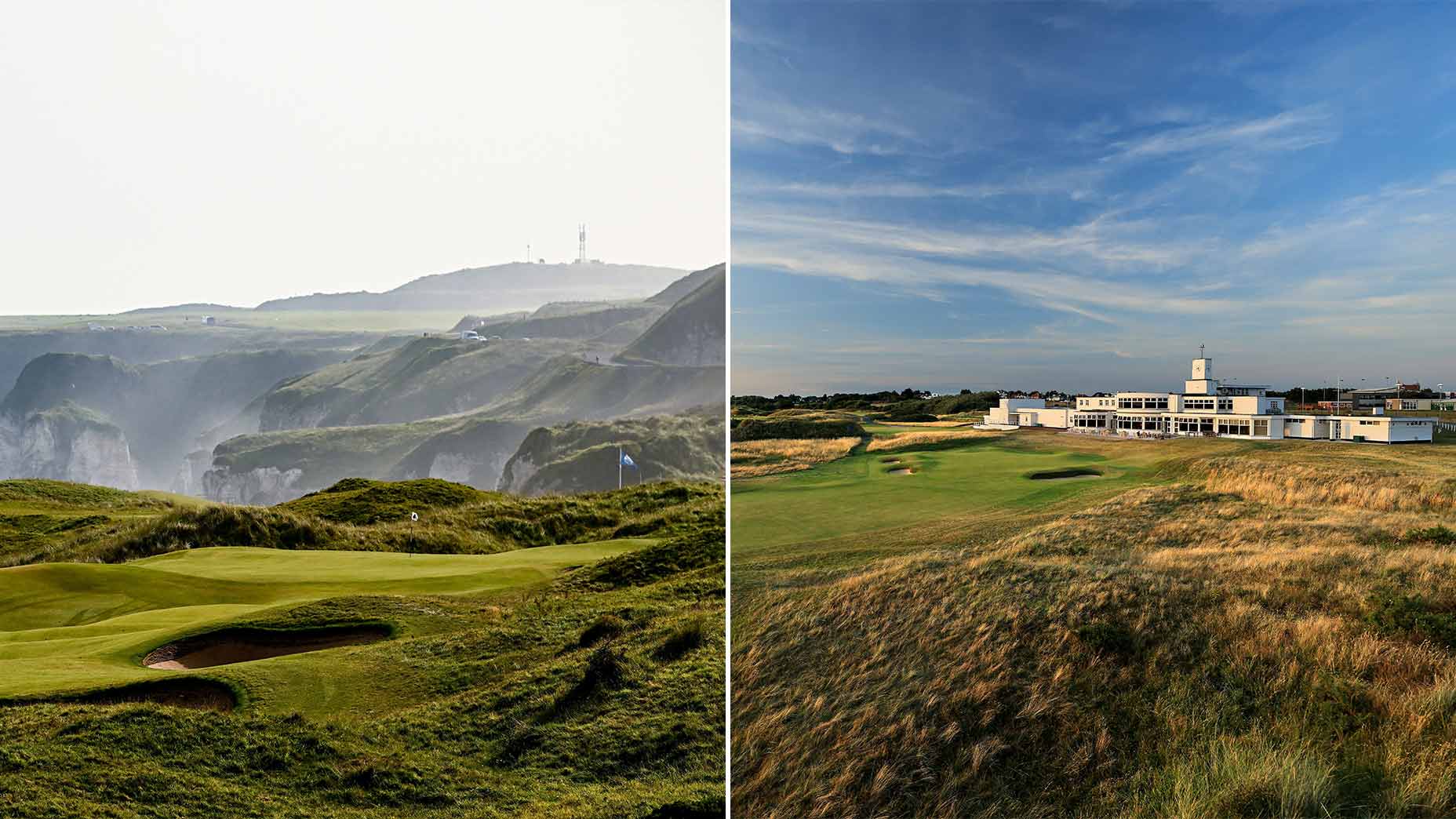 Meet the 10 courses in the Open Championship rota
Meet the 10 courses in the Open Championship rota
The best hole I ever played: A par-4 capped with an insanely bold architectural choice

Our knowledgeable crew of course raters have stuck pegs in the ground just about everywhere. But which holes stand out as the greatest they’ve ever played? We asked them, and they replied with love letters about their faves. This offering comes from Ian Andrew, who has been a GOLF Magazine rater since 2015 and has played 72 of the Top 100 Courses in the World.
You want great golf holes? I can’t think of a finer example of showmanship in golf-course architecture than the 450-yard par-4 6th hole at The Creek Club in Locust Valley, N.Y.
Rather than open the golf course there, which was a possibility, the C.B. Macdonald/Seth Raynor collaboration sets you up for the experience. They were smart enough to use the flattest section of the property for the opening five holes — tree-lined and intimate — and slowly lull you into thinking the course is understated.
The 6th tee sits on a high bluff, looking down on the remaining golf course and out over the Long Island Sound. The view is breathtaking. Frank Lloyd Wright called this experience ‘compression and release’ — the idea of taking you though a small opening to a large space to make that bigger area seem even more grand. You begin this experience by taking in the sweeping vista of the sound. Off in the distance, beyond the lower holes, is the Beach Club, and eventually your eyes settle on the hole to be played.
Initially, the tee shot appears simple, since there is ample room out to the right and the bunker barely comes into play. But as you sweep your eyes up to the green you begin to understand the challenges of the hole. Hitting the fairway, which slants to the right, is a must. But the right side is a terrible angle from which to approach the green because you need to carry the chasm of a bunker guarding the front, but there’s also a tree line tight to the left side of the hole. Making matters worse are the subtle bends left around that tree line. You can’t get too cute cutting the corner because the trees will catch the ball, so the shot, if you have it, is a draw around the tree line to gain position on the flatter plateau. This is the best position possible for the approach.

You would think an elevated tee shot would be the showstopper on the hole, but the real magic comes on the approach shot. Raynor and Macdonald built a Reverse Redan green, which falls hard to the back and right, matching the natural fall of the land. Then, in one of the greatest displays of audacity, they raised the surrounds to create a Punchbowl setting for the green, combing two templates to make a statement. It’s the most distinctive and wonderful green complex I have ever seen. The ideal shot is a fade into the approach area in front of the green to access the front pin, or onto the front of the green to access the back-pin positions. The ball will always release and run, so the hole is all about creativity and shot-making.

It’s my favorite hole because it is full of brilliant subtle elements and then capped by one of the boldest architectural decisions I have ever seen. Everything follows the natural contour of the land, including the surface of the green. Both the landing and green sites were placed on natural benches that the architects incorporated into the design. The tee shot feels open, but the combination of the left tree line, natural fall to the right and demand to work the ball to the left makes it much more complicated.

The decision to raise the surrounds of the green to create the punchbowl is architectural brilliance. It emphasizes the feeder slopes, but also adds enormous depth to the one bunker that dictates play. The Redan bunker on the front right defines everything you need to think about from tee-to-green. It has the same architectural presence as the Road Hole bunker, where the tee shot is defined by a green-side hazard. All of this combines to create a hole so bold and memorable that I think I’ll write the club today just to see if I can visit again.
To receive GOLF’s all-new newsletters, subscribe for free here.





